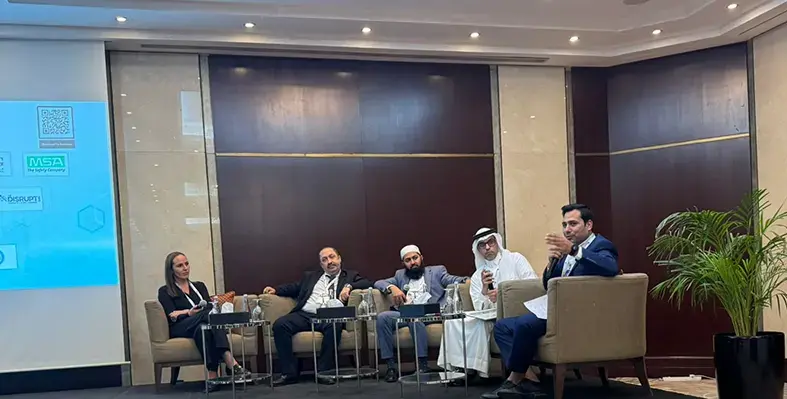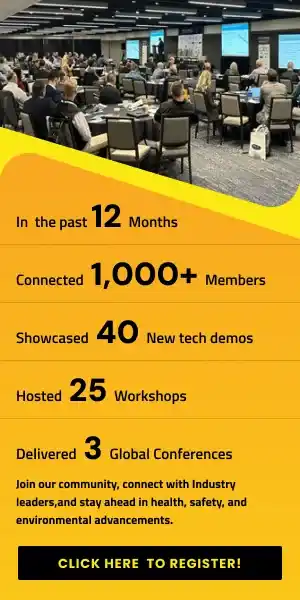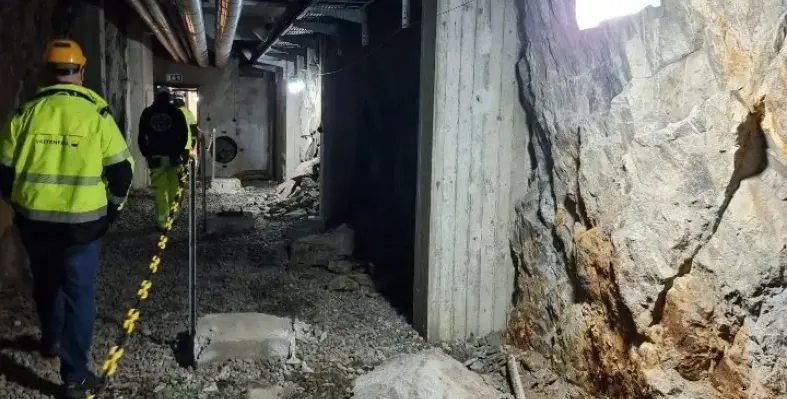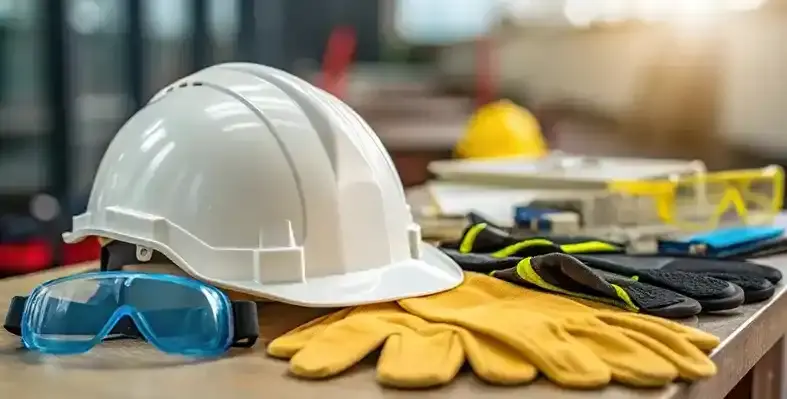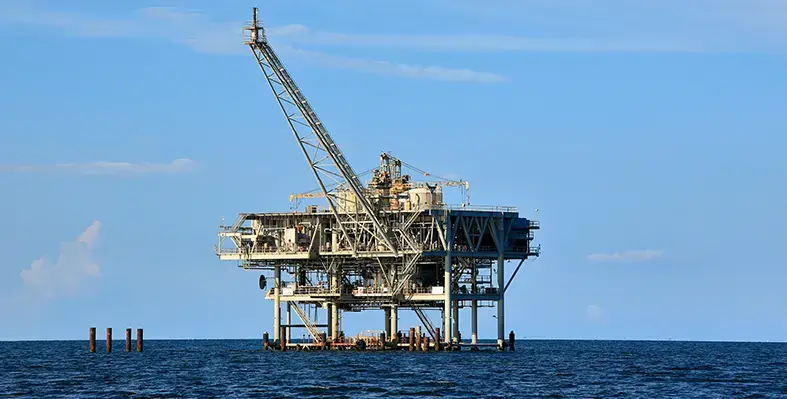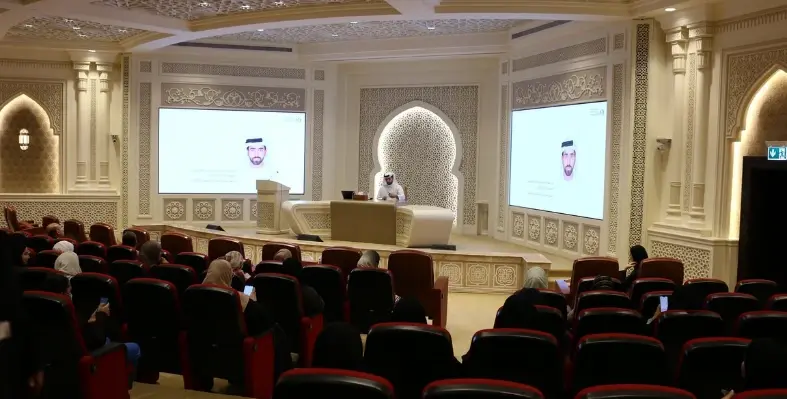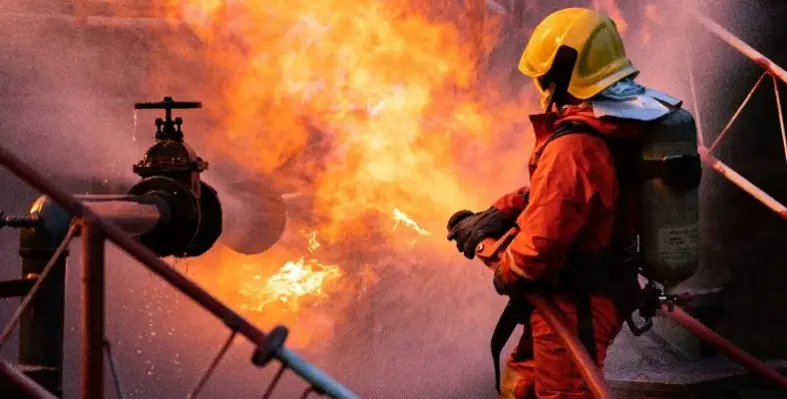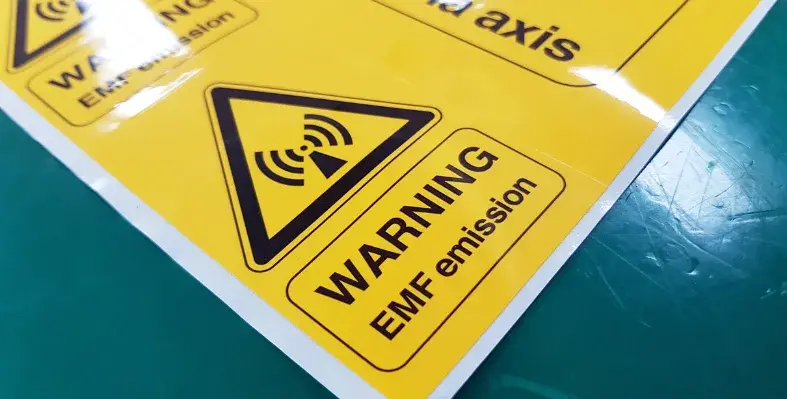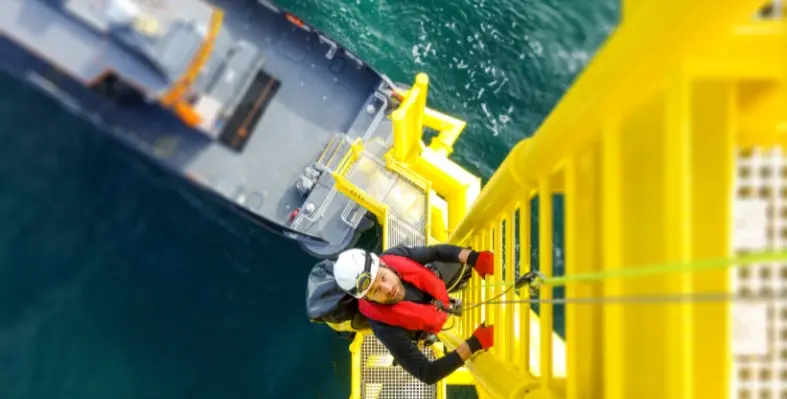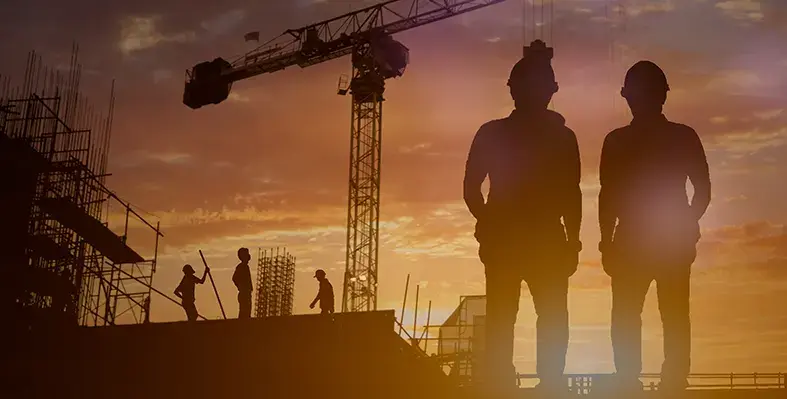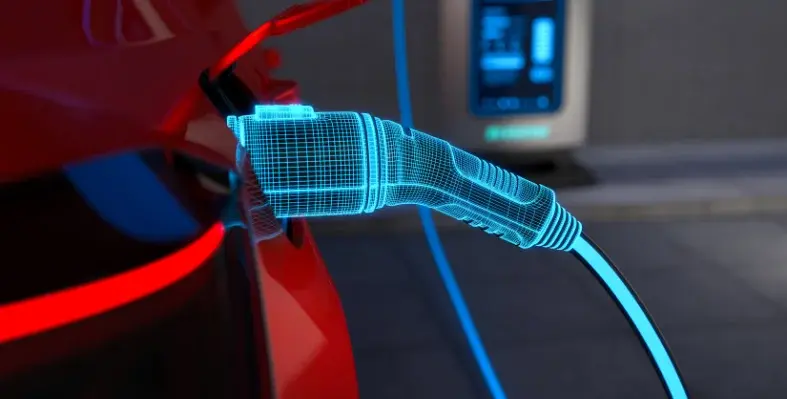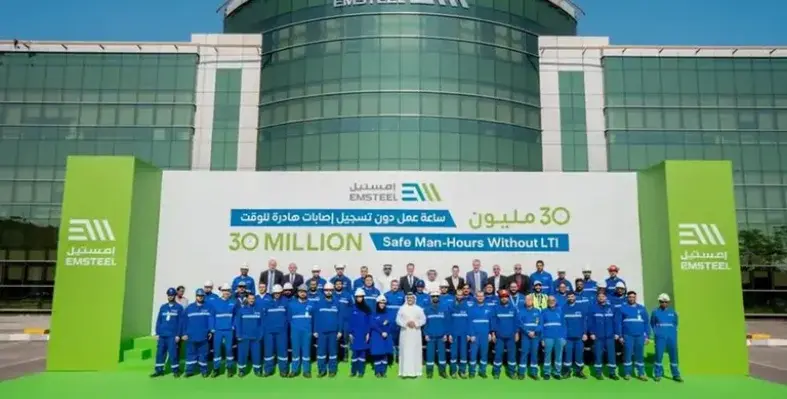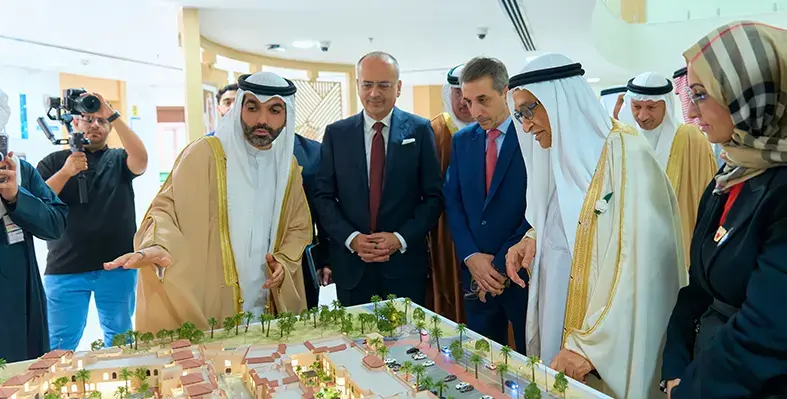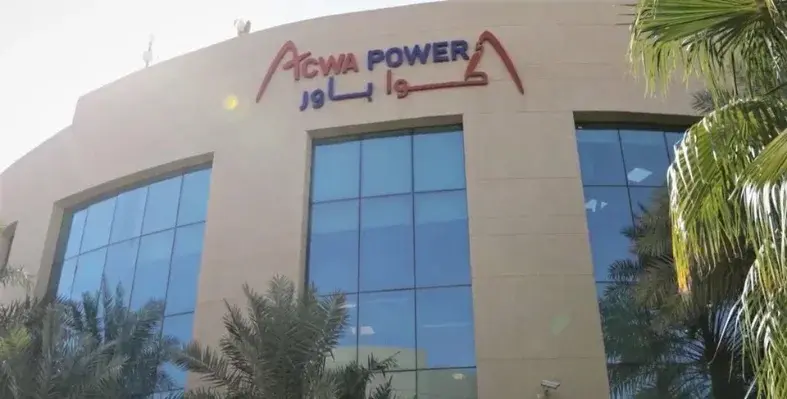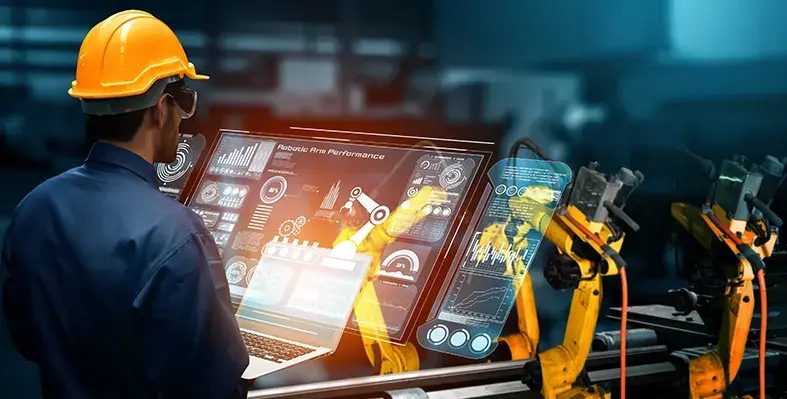At HSE KSA, held in Riyadh from 9-10 September, a panel session explored issues surrounding subcontractor safety, competency and innovation
Key takeaways included the importance of a robust procurement process, the role of technology solutions, such as computer vision AI for HSE compliance, and the need for consistent training and competency assessment.
Syed Mazhar, director HSSE, Al Bawani, moderated the discussion, highlighting the importance of the subcontractors’ management system, and was joined by panelists from leading companies, including Mace, Ayar International Contracting Co (AICC), Disrupt Labs, and Rua Al Madinah Holding.
The panel emphasised the role of joint audits, engagement and leadership, among other measures, in order to improve overall safety culture.
The discussions also touched on the balance between project costs and safety, and the importance of self-driven HSE standards, while metrics such as Lost Time Injury (LTI) rates and safety statistics were highlighted for evaluating subcontractors.
Ideas collaboration
Technology featured prominently throughout the discussions. While the panel emphasised that technology alone cannot build a safety culture, it can provide accountability and real-time visibility.
True cultural change starts from leadership and top-down integration of HSE into business priorities was one of the overarching messages. Initiatives like digital dashboards, proactive monitoring, leadership engagement in safety discussions, and incentives for subcontractor performance were highlighted.
Benchmarking subcontractors through digital systems, consistent supply chain management, and setting internal standards — not just relying on client requirements — were also flagged. The need for uniform HSE practices across projects and locations was also raised, advocating for self-driven safety leadership rather than client-dependent compliance.
Procurement essentials
At the beginning of the panel session, Aisling Padden, head of HSW, Mace, and based in Riyadh, underlined the importance of embedding health and safety right from the very start of the procurement process.
“From a consultant’s point of view, the procurement process is the starting point for us. It’s our first opportunity to get it right— so making sure health, safety and wellbeing gets on the assessment criteria, and that it's not just ‘lip service’ — but how are you actually going to deliver this?”
With such complex and costly projects now being underway right across the kingdom, Padden said that asking the right questions of contractors right from the start is an essential requirement.
“Another thing we do, when we get to the shortlist stage with our preferred bidders, is getting out there, and actually seeing what they do elsewhere — so, show me how you're doing this somewhere else. So you can walk around a project, and see if something has been staged for the occasion, or if it looks like it's actually embedded into their culture and their system.”
Industry training
Yassir Alsharif, head of HSSE, Rua Al Madinah Holding, also emphasised the importance of focusing on subcontractors and their practices, since they are the ones that perform the actual work and often present the highest risks.
He also highlighted issues like fake certifications and unqualified workers, which are common among short-term subcontractors, underlining the need for robust HSE procedures.
Ultimately, the goal is to ensure workers and supervisors understand the risks, and that any gaps should be addressed through targeted, on-the-job training programmes.
“So this is the kind of thing that we have got to focus on, to look at the risk, see what are the main risk-associated activities, and have a specific training programme for these workers.”
The role of technology
Alsharif outlined how the adoption of technology has aided health and safety efforts across the procurement process.
“Using manual processing for monitoring in HSE compliance, less than 1% of risks are being identified, which means it’s an iceberg problem. If we are seeing 20 incidents happening, it means 200,000 near-miss risks are there.”
This is where smart technology can play role, according to Alsharif. “For example, we are providing computer vision solutions, like smart cameras, to aid HSE compliance. If you have the right infrastructure on construction sites, this can help to identify PPE compliance, unsafe behaviours or process violations, for example.”
Alsharif cited the findings of various industry reports showing how the use of similar technology had already yielded a positive impact in terms of the reduction in incidents and lost time on site. Major companies like Saudi
Aramco have now issued an official memo to oil and gas firms to deploy AI in HSE on their rigs, he noted, suggesting that the trend is long-term and advancing steadily.
Perpetual learning
Rounding up proceedings, panel chair Mazhar outlined how important it was for HSE to be self-driven, within the entity itself, rather than purely client-driven. “The commitment should come from the main contractor, from the sub-contractor management or leadership, rather than relying only on a client.”
It was a sentiment agreed on by Eyad Sallam, corporate QHSE director, AICC. “We have our own stringent standards as a main contractor. So, each main contractor or even subcontractor, if they have good competency, they should have their own HSE management system, not be driven by client or consultant.”
There is always scope to improve and learn from others, however. “Some multinational clients who we deal with, a lot of them may have better systems than us, so we are happy to comply with their systems in these instances.”
Practical steps
• Implement a digital platform to track subcontractor safety performance metrics and automate alerts for proactive monitoring.
• Establish a joint audit programme involving the PMC, main contractor, and subcontractors to identify and address safety gaps.
• Develop a subcontractor safety scorecard with incentives and penalties to drive continuous improvement.
• Conduct weekly safety workshops with senior leadership from the client, consultant, and contractors to drive safety culture.



